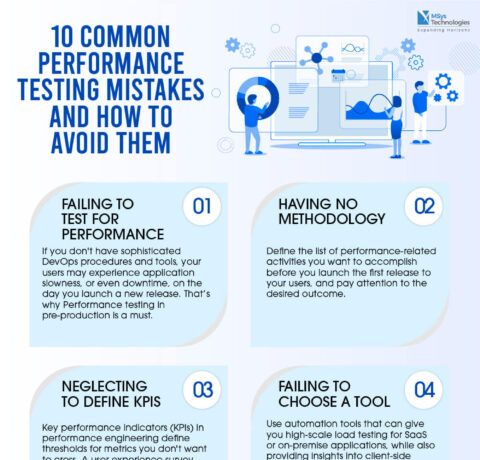A Parents Guide to Teaching Children Money Management
It is not just the school's job to teach money management to our children, it's also efforts needed from parents to find ways to give children the lessons they need to avoid financial problems in life. According to research, how we act with money is learnt from our parents. This highlights the importantance of teaching our children well-thought-out lessons in money management in our everyday lifes. It is important for parents to teach children important lessons so that they are preparing their children to avoid debt and other financial implications when they leave home. The Teaching Children Money Management Infographic gives a range of lesson ideas that parents can use to teach all those important money lessons to their children.
3-10 years
Lesson: How Money Works: Earning & Spending
Teach children the concept of earning and spending to help them understand the difference between wants and needs.
How to teach it:
- Step 1: Offer your children an allowance but to earn it they have to complete a set of household chores. This could be as simple as putting away their toys when they’ve finished with them.
- Step 2: Let your children spend their allowance on what they wish and allow them to make mistakes in order to learn from the consequences.
Lesson: The Importance of Saving
Help your children to understand that if there is something they want that costs more than their allowance, they will need to save for it.
How to teach it:
- Step 1: Take your children shopping and show them one lower priced and one higher priced toy. Explain that in order to buy the more expensive item they will have to save their allowance for a few weeks.
- Step 2: Once you know what your child wants to save for, figure out how many weeks it will take for them to save that amount and make a goal chart. You can represent each week with a box and your child can mark it off once the money from that week’s allowance is saved.
11-16 years
Lesson: How to Get More for Your Money
Help children to understand that you can get more for your money if you invest it in the right places.
How to teach it:
- Step 1: Teach children to read up on, research and compare products and pricing before buying in order to get the best deal on a product, and to make their money go further. This can apply to opening their first savings account.
- Step 2: Explain the concept of interest and that when saving more into an investment plan it allows their savings to grow faster. You should describe the different types investment plans to ensure they choose one that best suits their long-term goals.
Lesson: How to Budget Finances
Learning how to budget will ensure that your children have enough money for the things they need, the things that are important to them, and also help them to avoid debt.
How to teach it:
- Step 1: Give your child three piggy banks; one for spending, one for short-term savings and one for long-term savings. Encourage them to save by giving them non-monetary rewards and praising them on how well they are doing.
- Step 2: Consider beginning to include them in your own household budget to give them an understanding of how money is distributed.
17-21 years
Lesson: How to save for a mortgage
32% of parents want their children to use the savings for a housing deposit, therefore it is important that children understand how a mortgage works.
How to teach it:
- Step 1: Explain that they will need a deposit for a mortgage and investing into something like an ISA has historically produced better returns than saving over the long-term. Help them to understand that savings is the act of putting money away in a safe place with the intention of using the money in the future, whereas investing involves committing money into an investment plan in the hopes of making a financial gain. However, investing involves a greater risk as there is no guarantee that they’ll get all of their money back if investment conditions are poor.
- Step 2: Help your children to book a holiday with their friends. They will need to put down a deposit and later pay off the whole amount, either in bulk or smaller instalments – similar to a mortgage.
Lesson: How credit works
To avoid debt, it is important that your children understand credit before ‘fleeing the nest’.
How to teach it:
- Step 1: If your child wants to buy their first car, for example, you can lend your child the money to make the purchase and agree on a fair interest rate. Then, your child could pay off their debt over the following months.
- Step 2: To help them get used to the terms of credit, suggest that they use a credit card for their petrol only, and that they pay it off at the end of each month. Remind them to budget for this and make them aware of the consequences of not paying it off, e.g. a bad credit rating.







You can adjust your cookie preferences here.